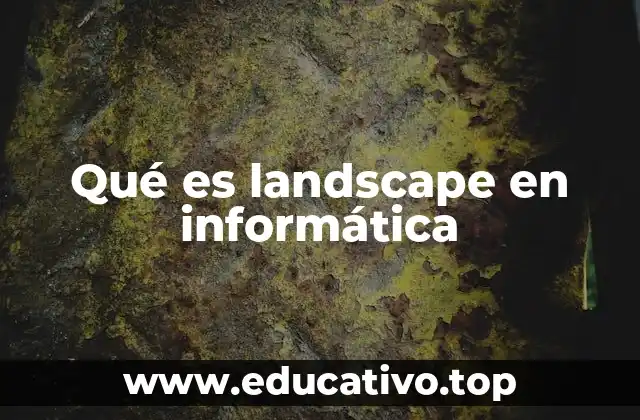Introduction to Beautiful Landscapes in English
A beautiful landscape is a treasure that never fails to mesmerize us. Whether it’s a breathtaking mountain range, a serene lake, or a rolling hill, landscapes have the power to evoke emotions and inspire wonder. With the help of the English language, we can describe and appreciate these natural wonders in a way that transcends borders and cultures. In this article, we’ll delve into the world of beautiful landscapes in English, exploring the most stunning views, and the words that bring them to life.
What Makes a Landscape Beautiful?
A beautiful landscape is a combination of natural and cultural elements that come together to create a unique and awe-inspiring experience. It can be a dramatic waterfall, a lush forest, or a majestic mountain peak. But what makes these landscapes truly beautiful? Is it the way the light falls on the subject, the vibrant colors, or the sense of tranquility they evoke? In this section, we’ll explore the key elements that make a landscape beautiful and how they can be captured in English.
The Power of Language in Describing Landscapes
Language plays a crucial role in shaping our perception of landscapes. The words we use to describe a scene can evoke emotions, create atmosphere, and even influence our mood. English, with its vast vocabulary and nuanced expressions, is particularly well-suited to describing landscapes. From the poetic to the descriptive, we’ll examine how language can be used to bring landscapes to life, and how it can inspire us to appreciate their beauty.
Can You Describe a Landscape in a Few Words?
In this section, we’ll challenge ourselves to describe a beautiful landscape in just a few words. Can we capture the essence of a stunning sunset in a single sentence? How about a serene lake in a few well-chosen words? We’ll explore the art of concise description and how it can be used to convey the beauty of a landscape.
The Most Beautiful Landscapes in the World
From the Grand Canyon to the Great Barrier Reef, the world is home to countless breathtaking landscapes. In this section, we’ll take a tour of some of the most beautiful landscapes on the planet, exploring their unique features, and the words that best describe them. Whether it’s the majestic mountains of New Zealand or the stunning coastlines of Greece, we’ll discover the diversity and beauty of the world’s landscapes.
How Do You Take a Good Landscape Photo?
Capturing a beautiful landscape on camera requires more than just a good camera. It requires an understanding of lighting, composition, and atmosphere. In this section, we’ll explore the tips and techniques for taking stunning landscape photos, and how to use English to describe the resulting images.
The Role of Light in Landscape Photography
Light is one of the most critical elements in landscape photography. It can transform a scene, create mood, and evoke emotion. In this section, we’ll examine the role of light in capturing beautiful landscapes, and how it can be described in English.
Can Landscapes Be Emotional?
Landscapes have the power to evoke strong emotions, from the sense of wonder to the feeling of calm. But how do we describe these emotions in English? In this section, we’ll explore the emotional resonance of landscapes, and how language can be used to convey their emotional impact.
The Cultural Significance of Landscapes
Landscapes hold significant cultural and historical importance, reflecting the values and traditions of the people who inhabit them. In this section, we’ll examine the cultural significance of landscapes, and how they are described and appreciated in English.
How Do You Describe a Landscape to Someone Who Can’t See It?
Describing a landscape to someone who can’t see it requires creativity, empathy, and a deep understanding of the human experience. In this section, we’ll explore the challenges and opportunities of describing landscapes to the visually impaired, and how English can be used to bring them to life.
The Therapeutic Benefits of Landscapes
Landscapes have a profound impact on our mental and physical well-being, providing a sense of calm, relaxation, and rejuvenation. In this section, we’ll examine the therapeutic benefits of landscapes, and how they can be described and appreciated in English.
Can Landscapes Inspire Creativity?
Landscapes have long been a source of inspiration for artists, writers, and musicians. In this section, we’ll explore how landscapes can inspire creativity, and how English can be used to express that creativity.
Are Landscapes a Reflection of Our Souls?
Do landscapes reflect our inner selves, our hopes, and our fears? In this section, we’ll examine the philosophical significance of landscapes, and how they can be described and interpreted in English.
How Do You Preserve a Beautiful Landscape?
Preserving a beautiful landscape requires a deep understanding of its cultural, historical, and environmental significance. In this section, we’ll explore the challenges and opportunities of preserving landscapes, and how English can be used to raise awareness and promote conservation.
The Future of Landscapes: Threats and Opportunities
The world’s landscapes are facing unprecedented threats, from climate change to human development. In this section, we’ll examine the future of landscapes, and how English can be used to raise awareness, promote sustainability, and inspire action.
Can We Create Artificial Landscapes?
With the advent of technology, we can create artificial landscapes that mimic the natural world. In this section, we’ll explore the possibilities and challenges of creating artificial landscapes, and how English can be used to describe and appreciate them.
Ricardo es un veterinario con un enfoque en la medicina preventiva para mascotas. Sus artículos cubren la salud animal, la nutrición de mascotas y consejos para mantener a los compañeros animales sanos y felices a largo plazo.
INDICE









